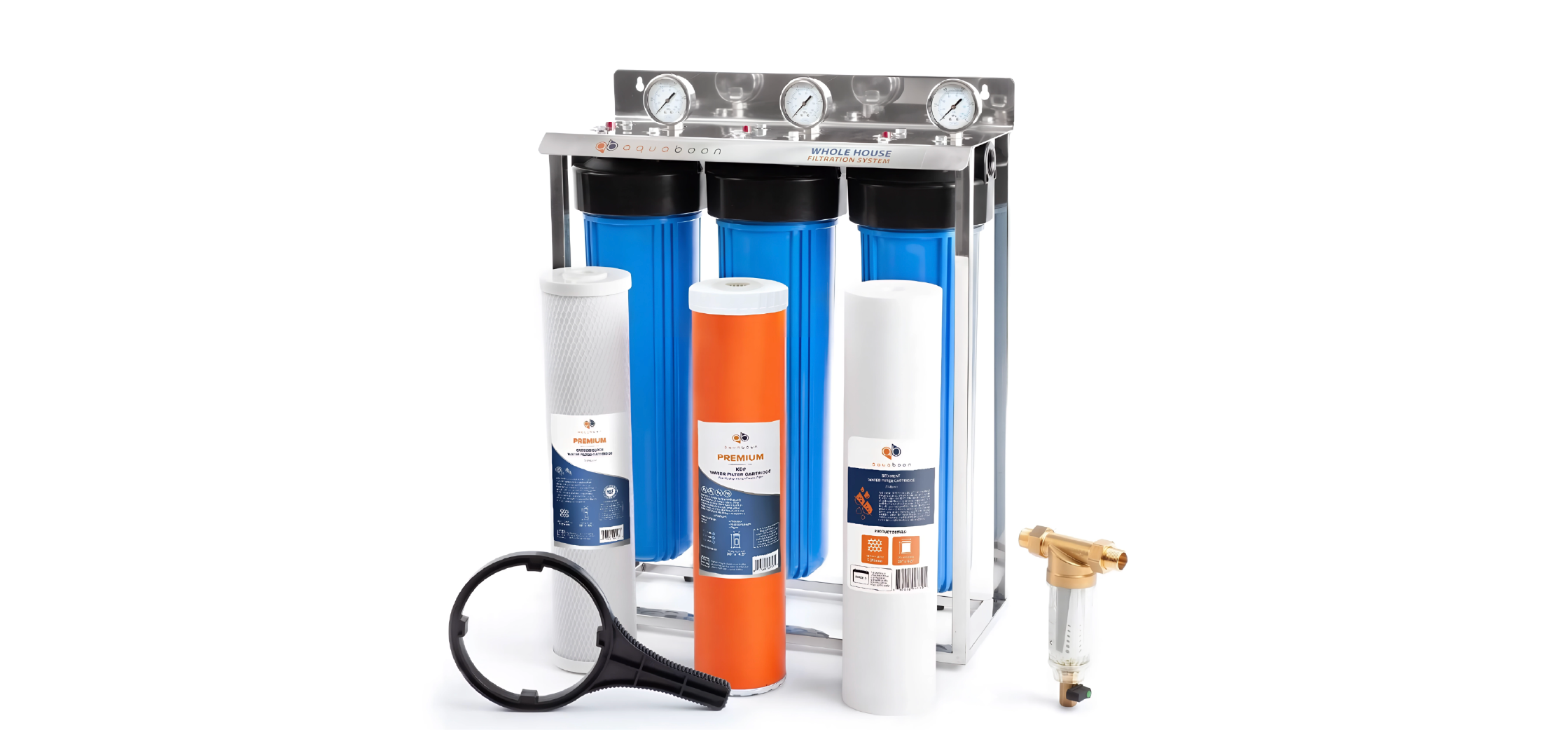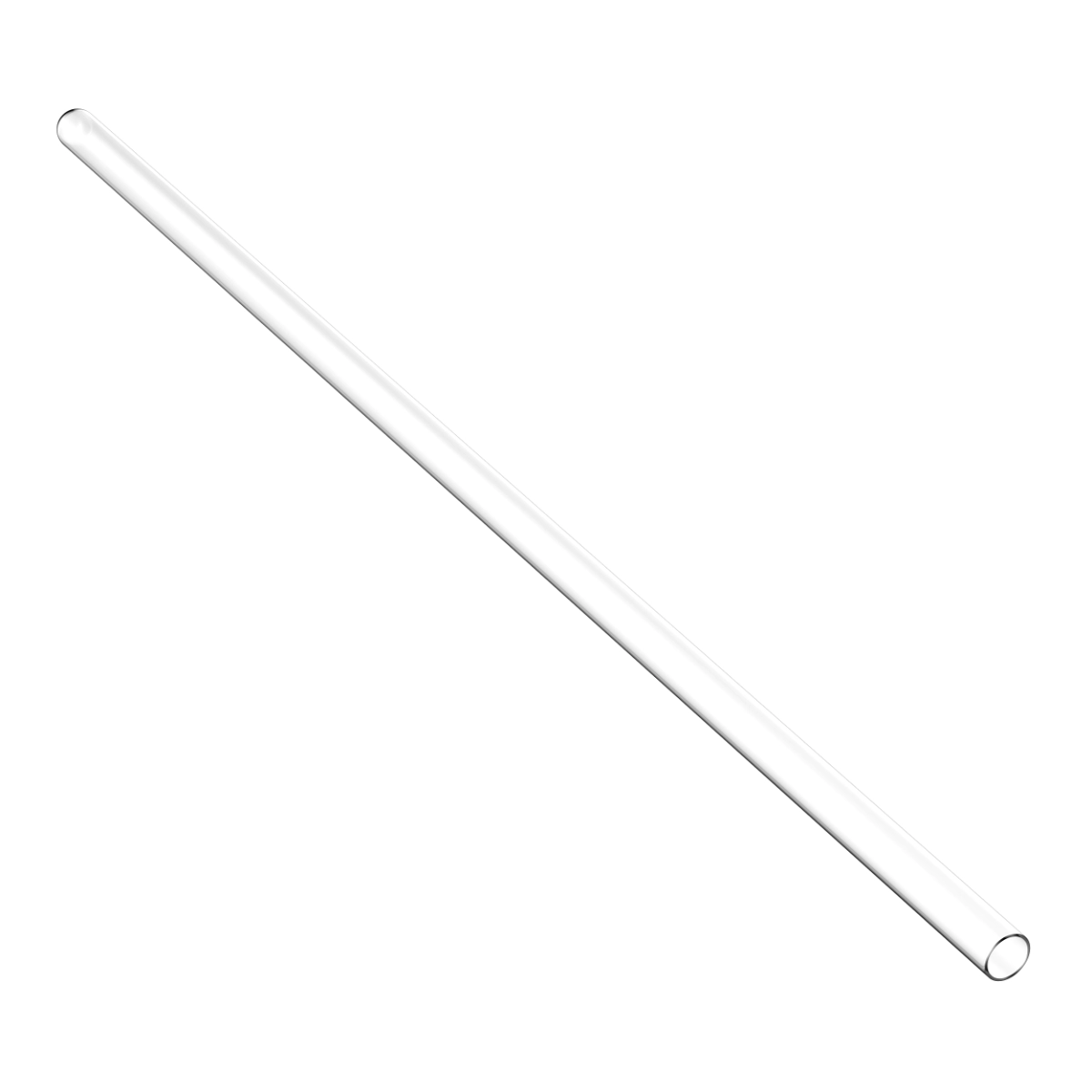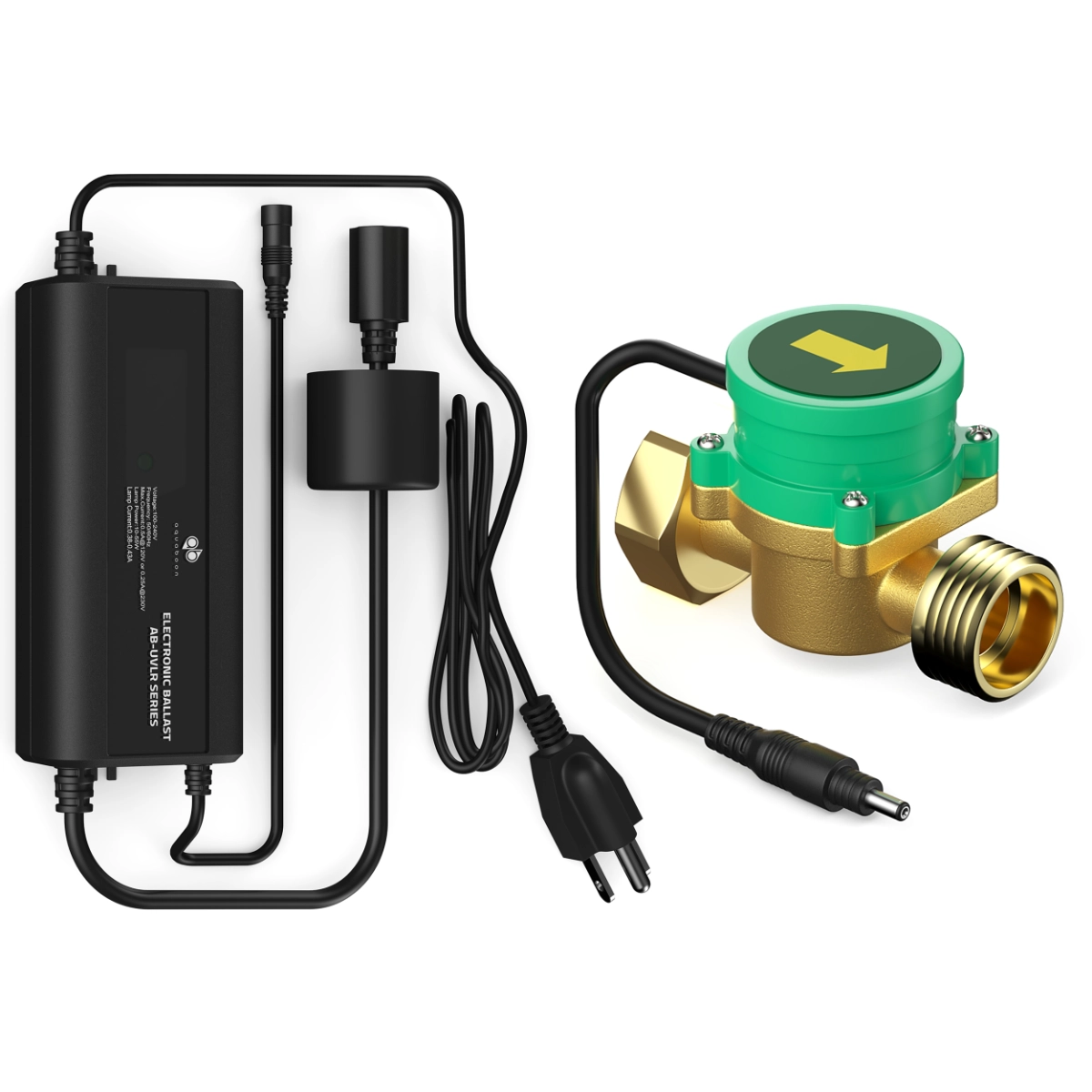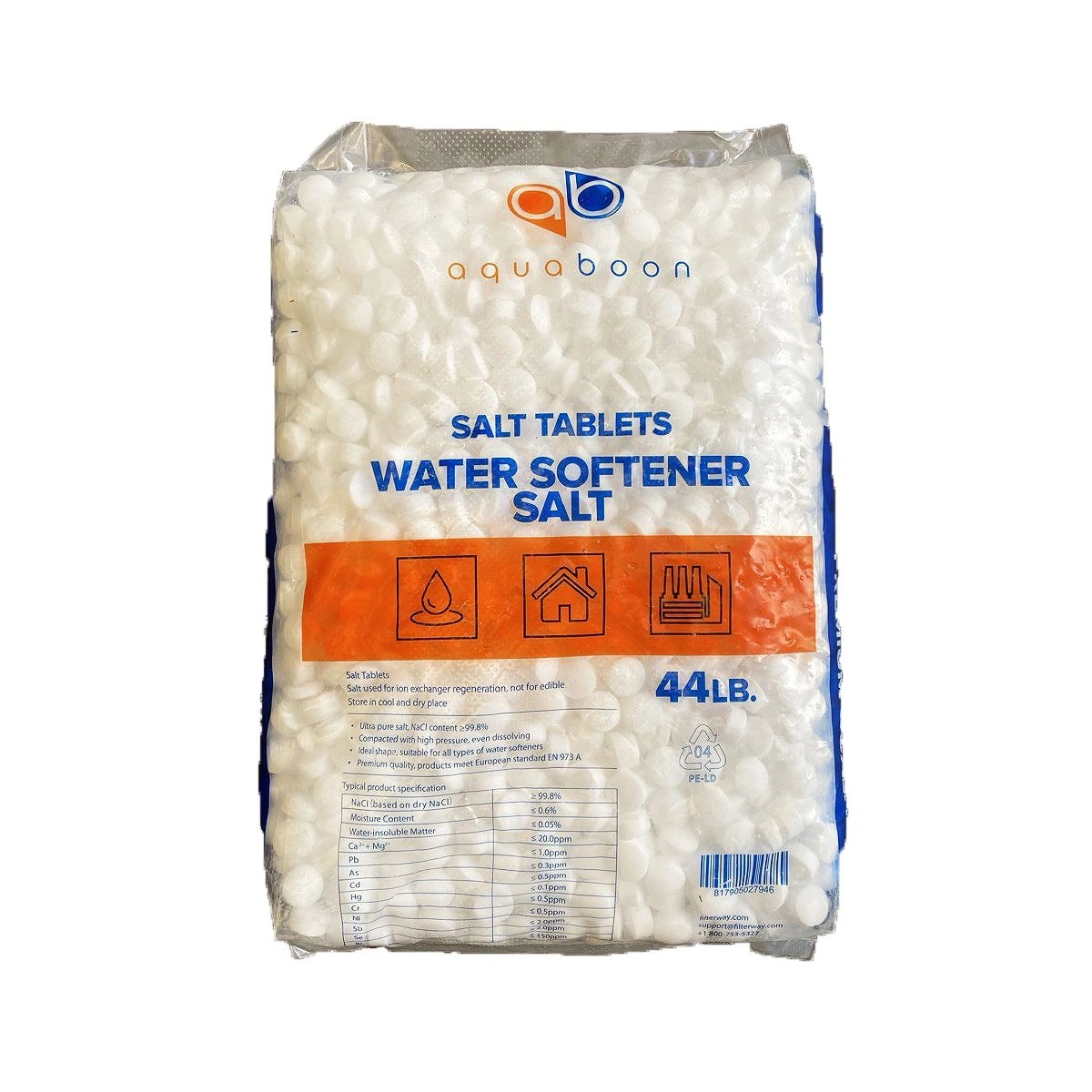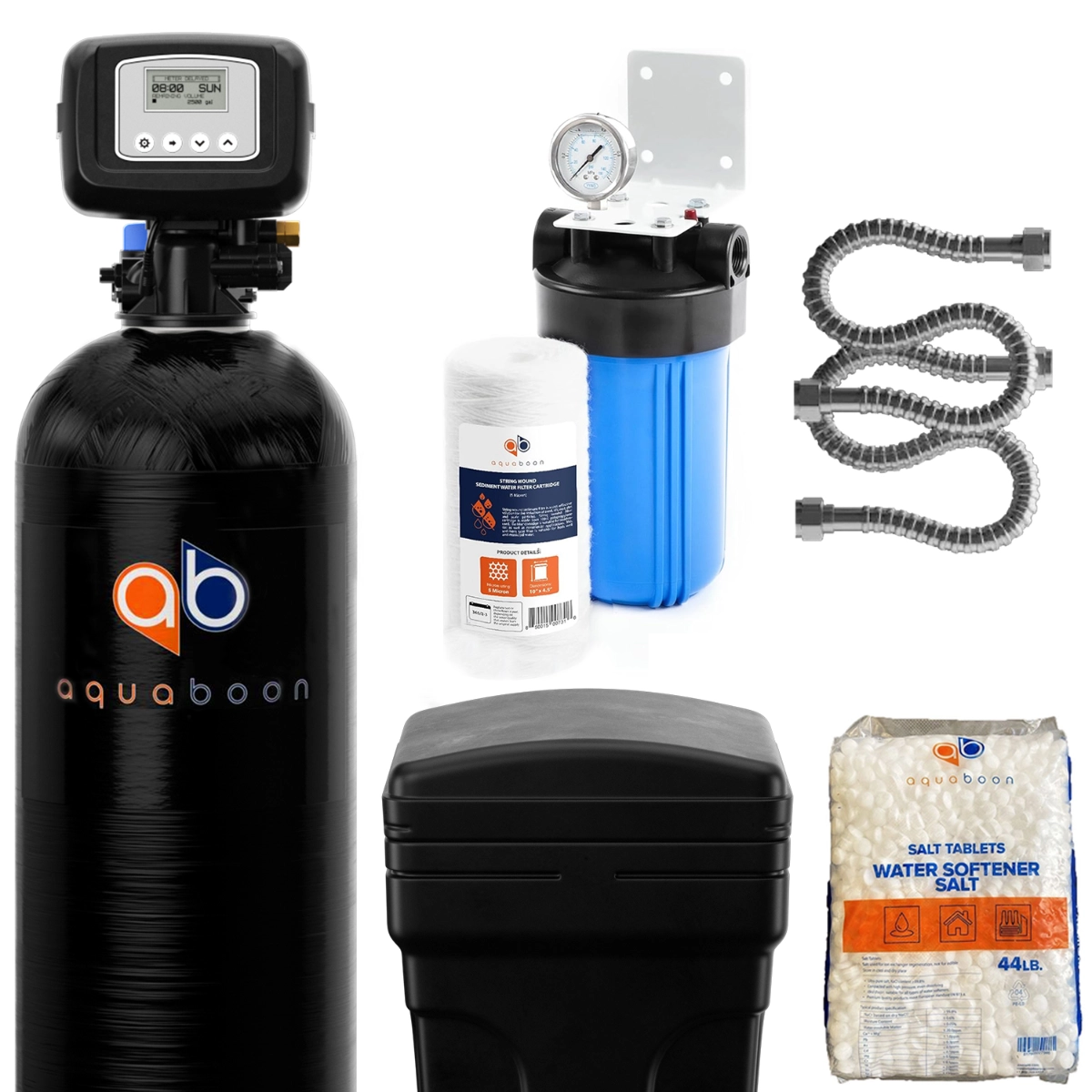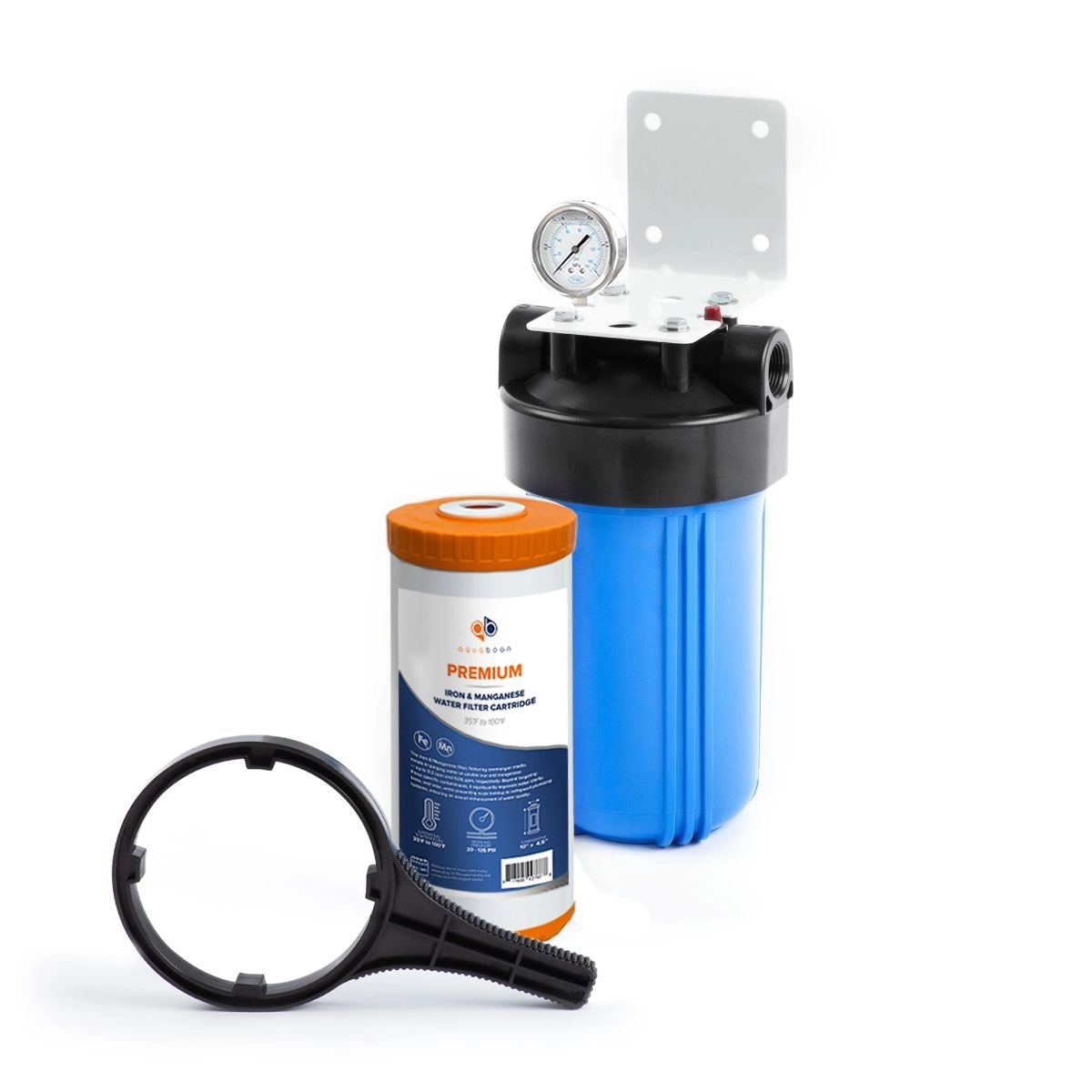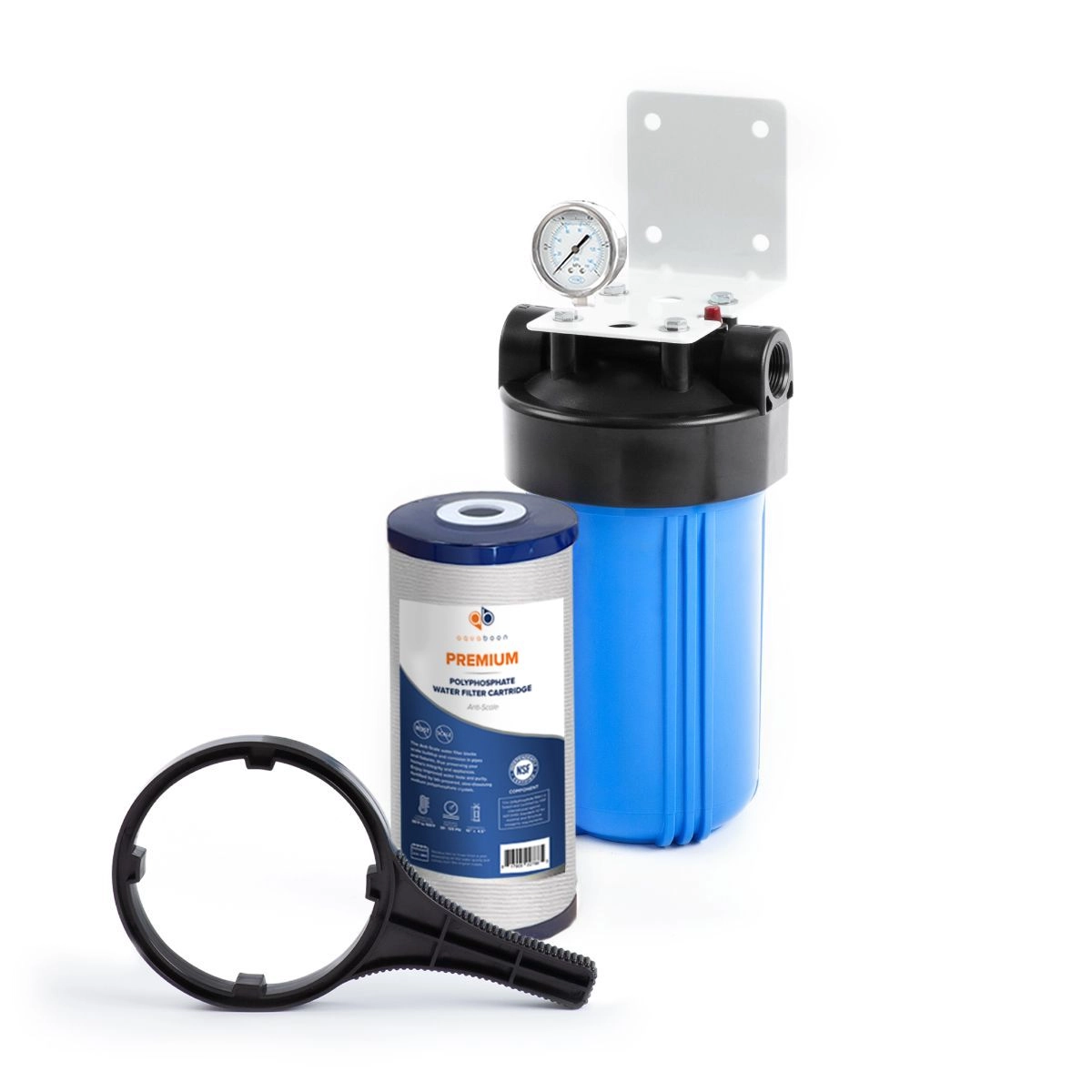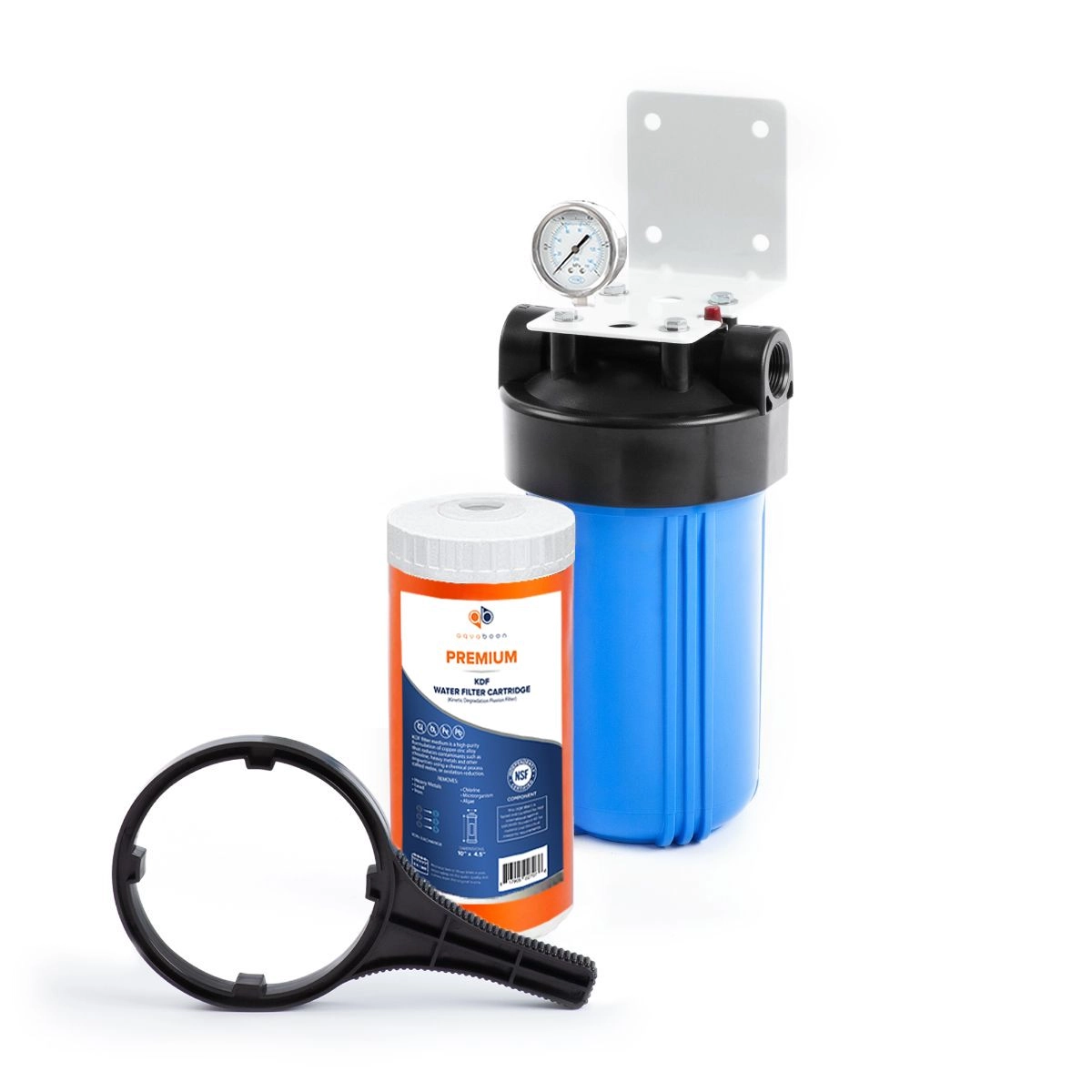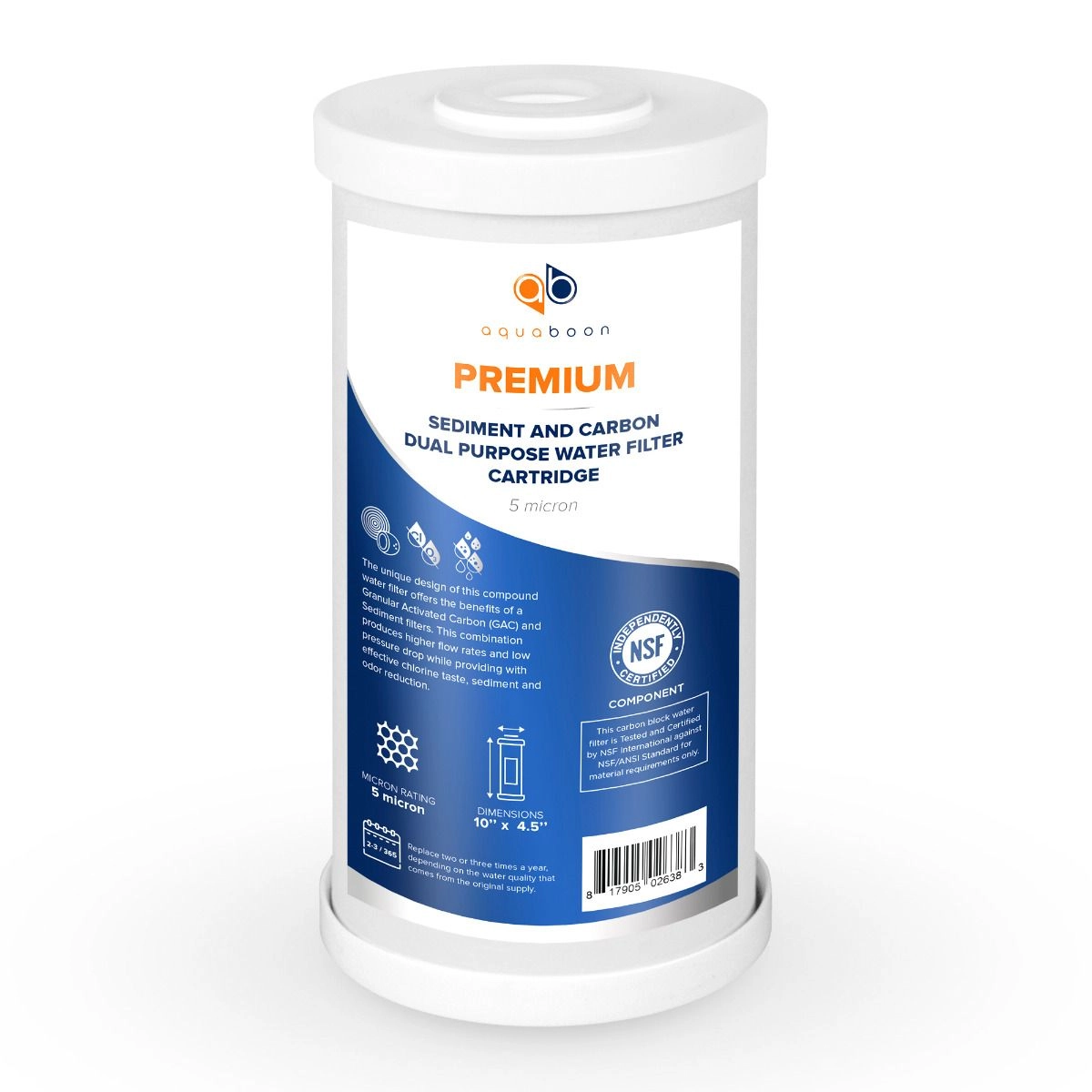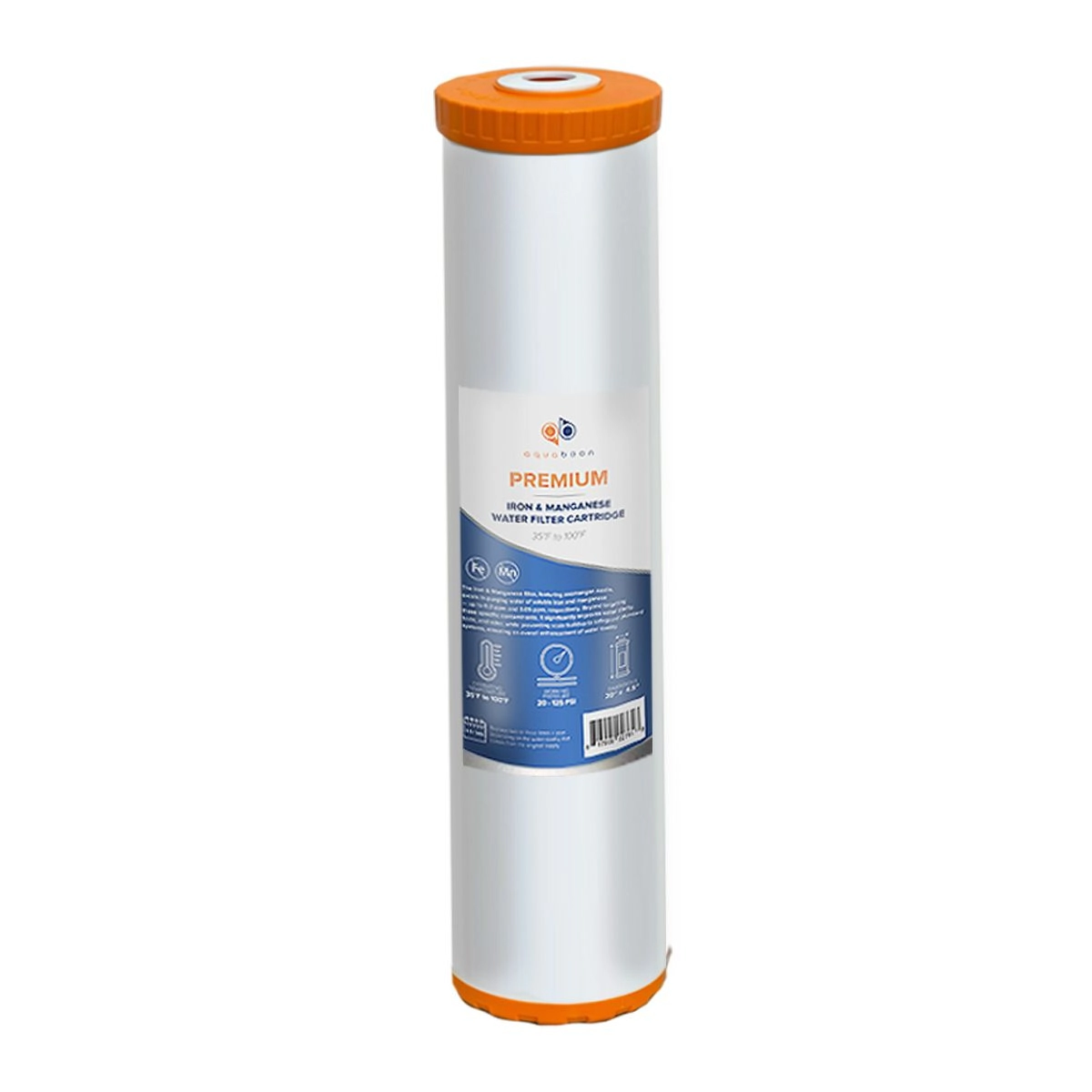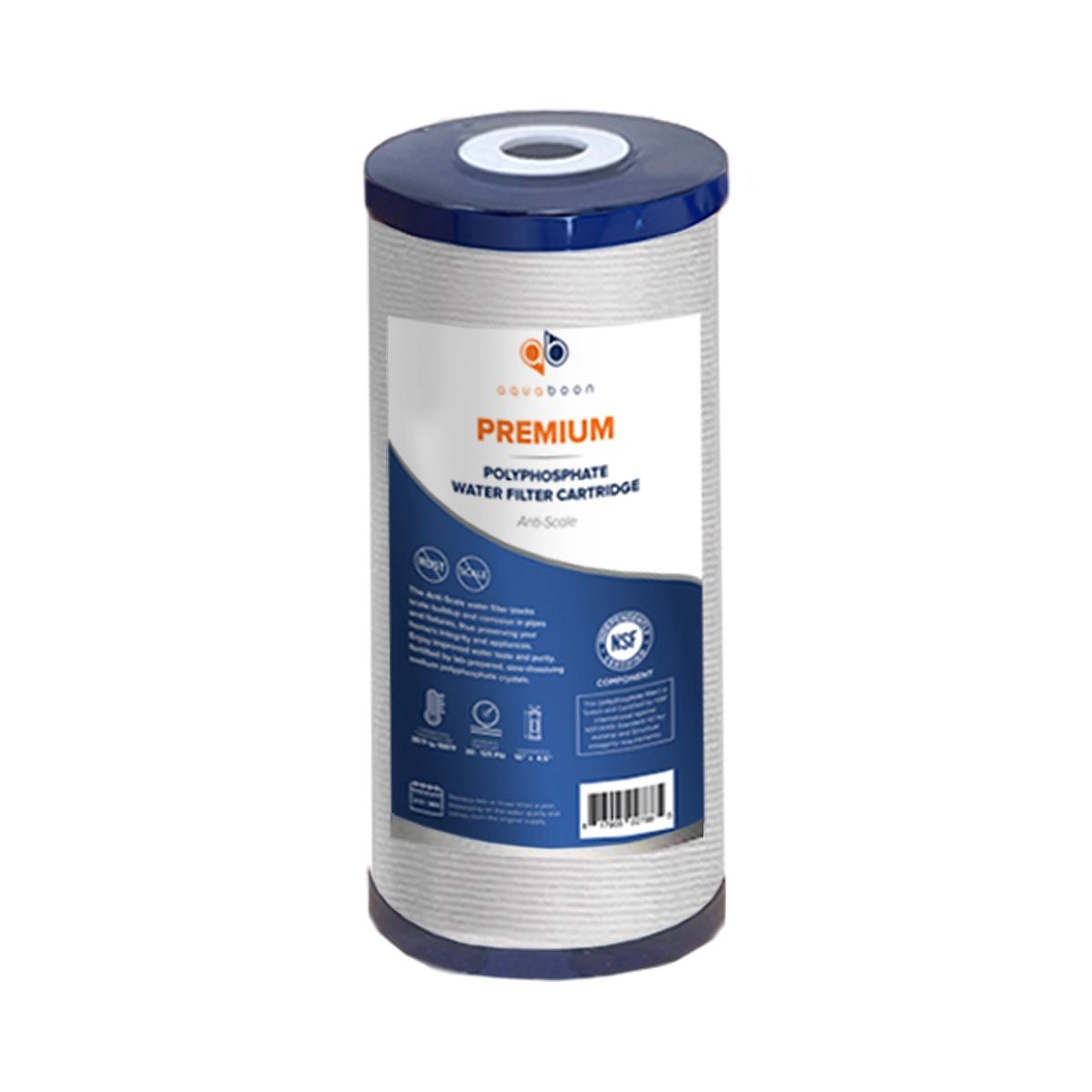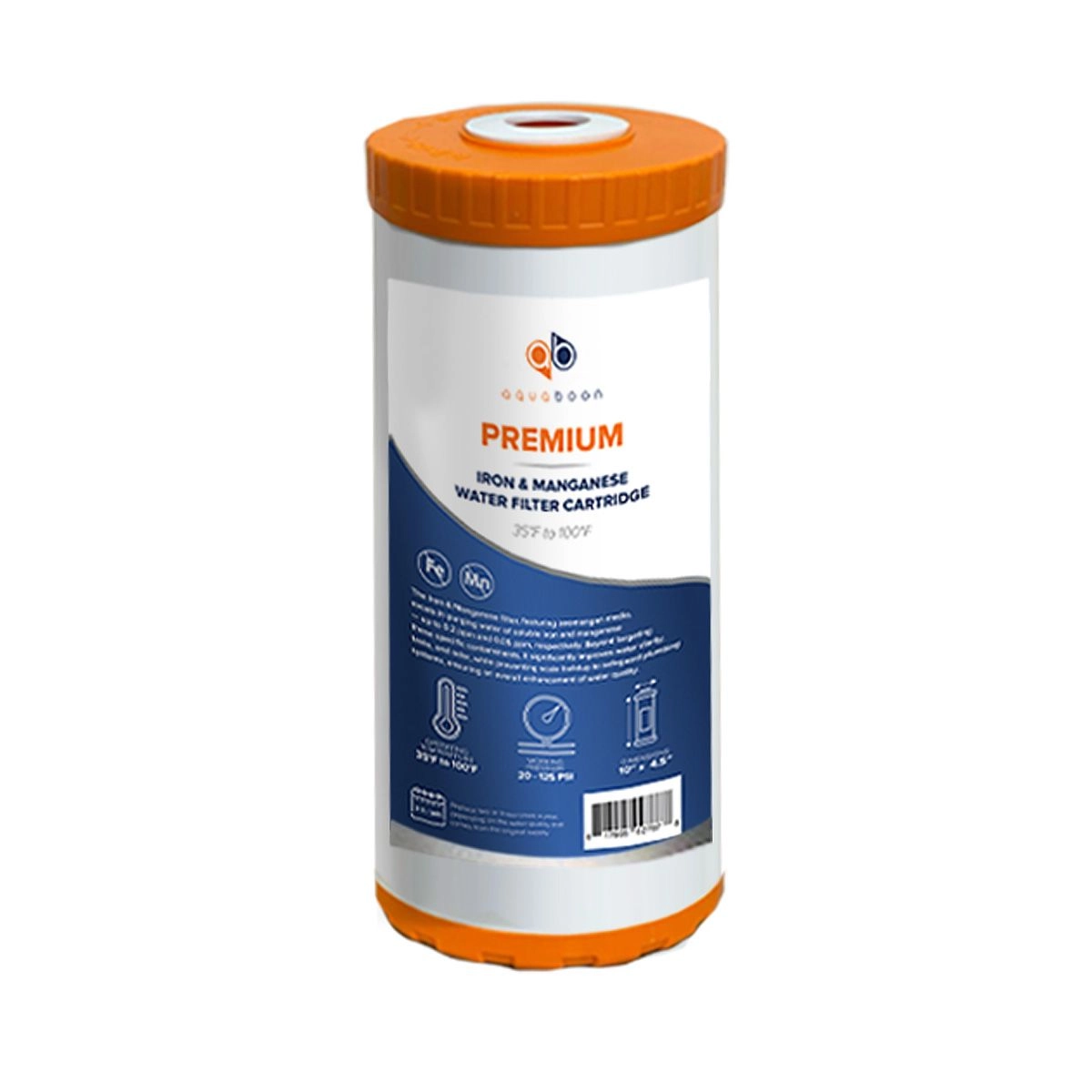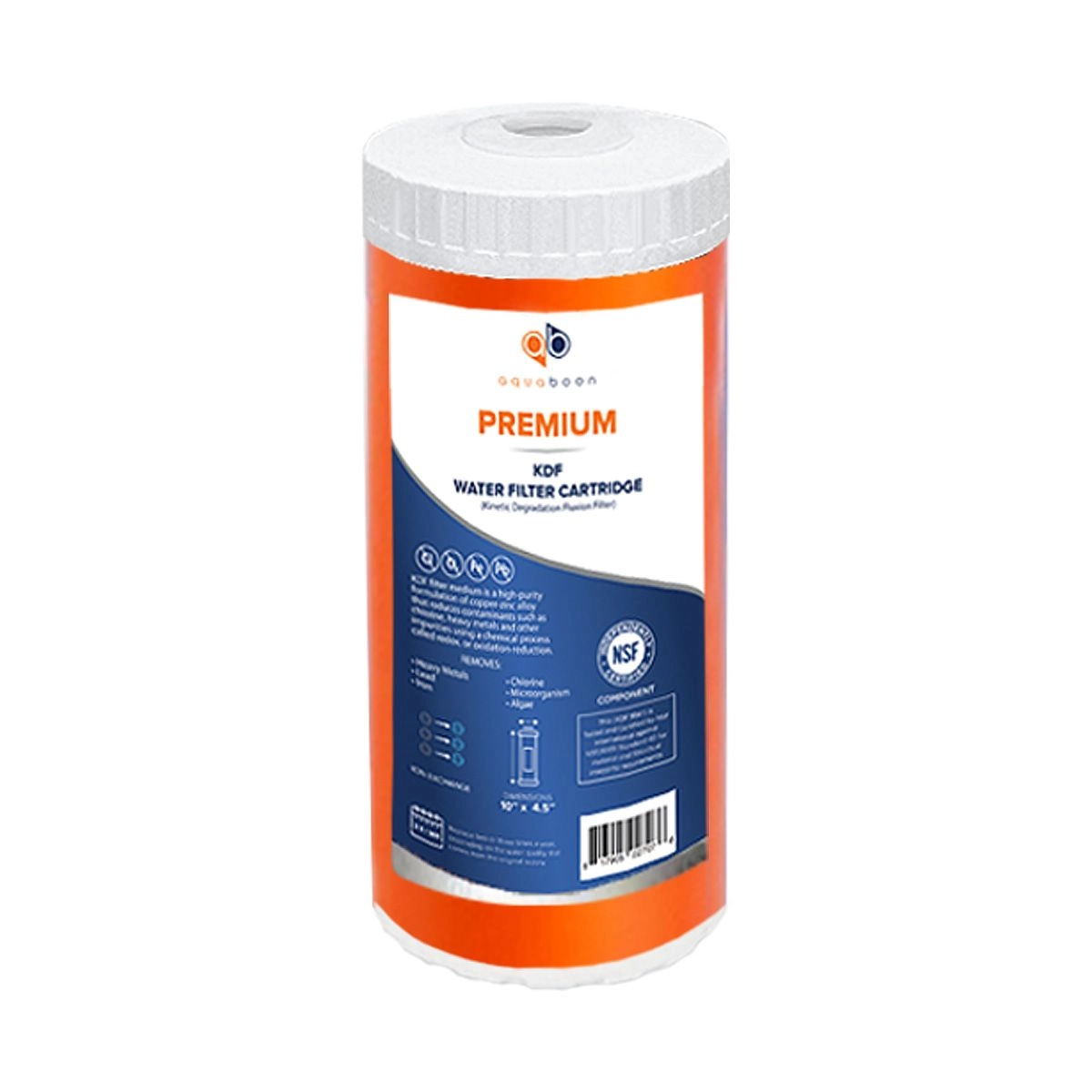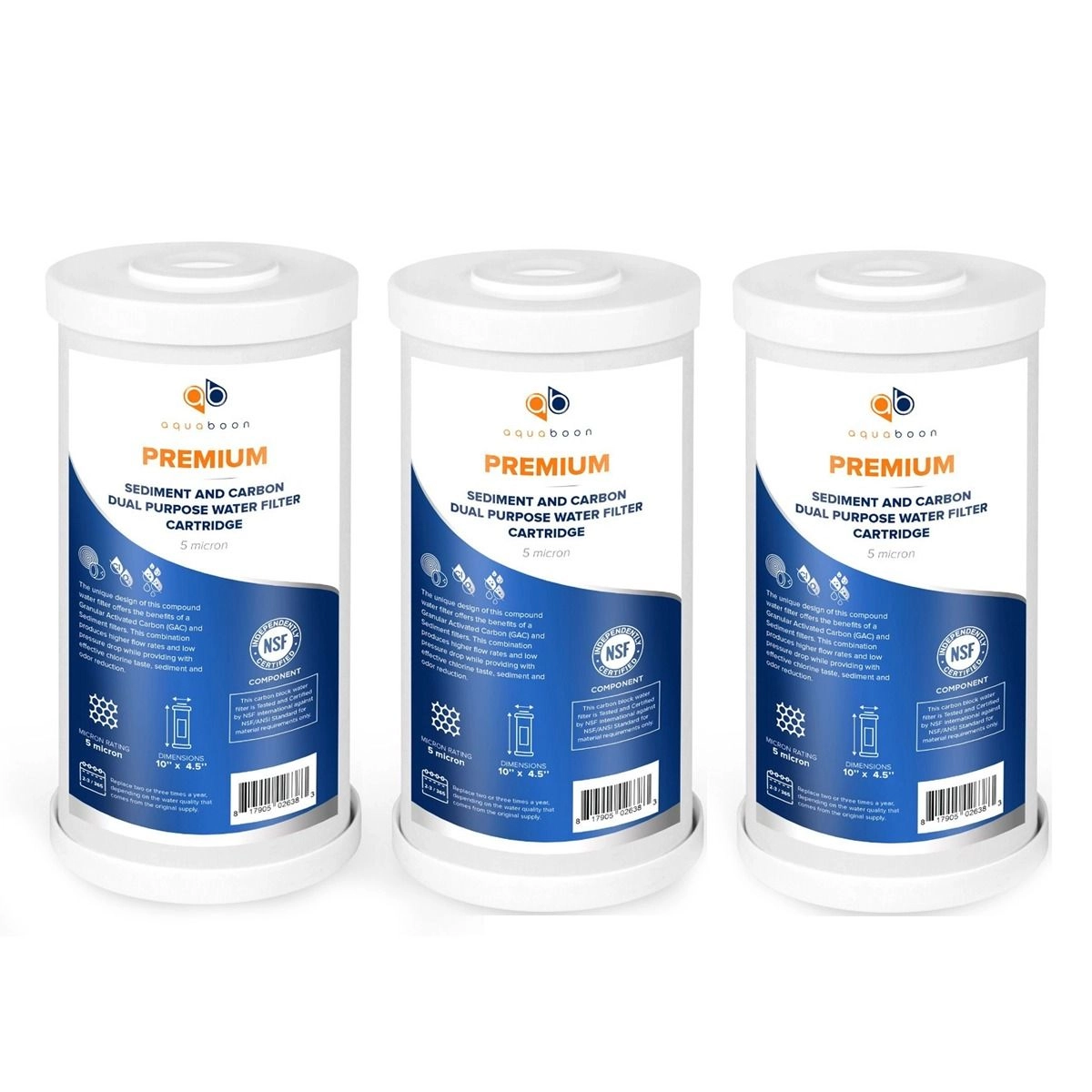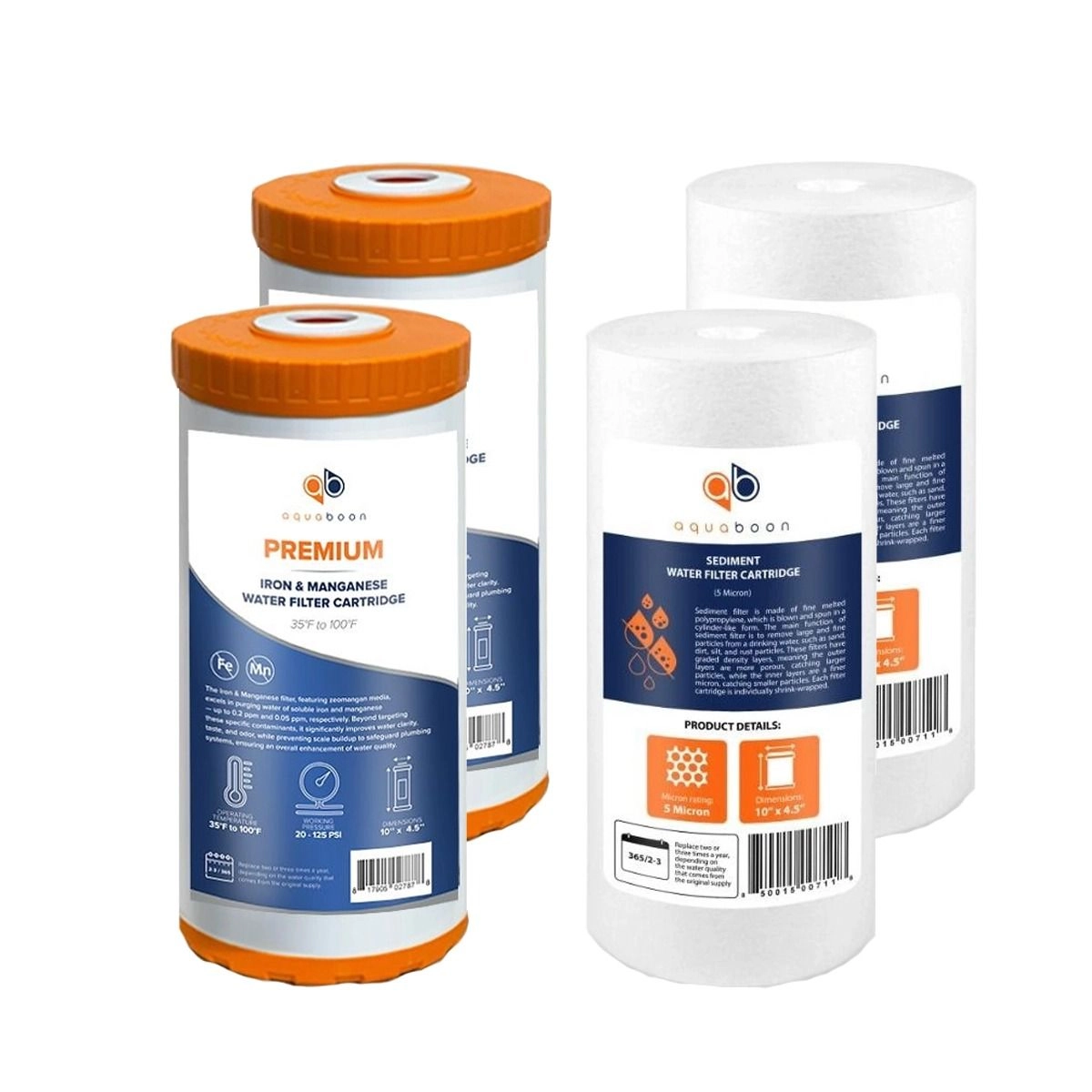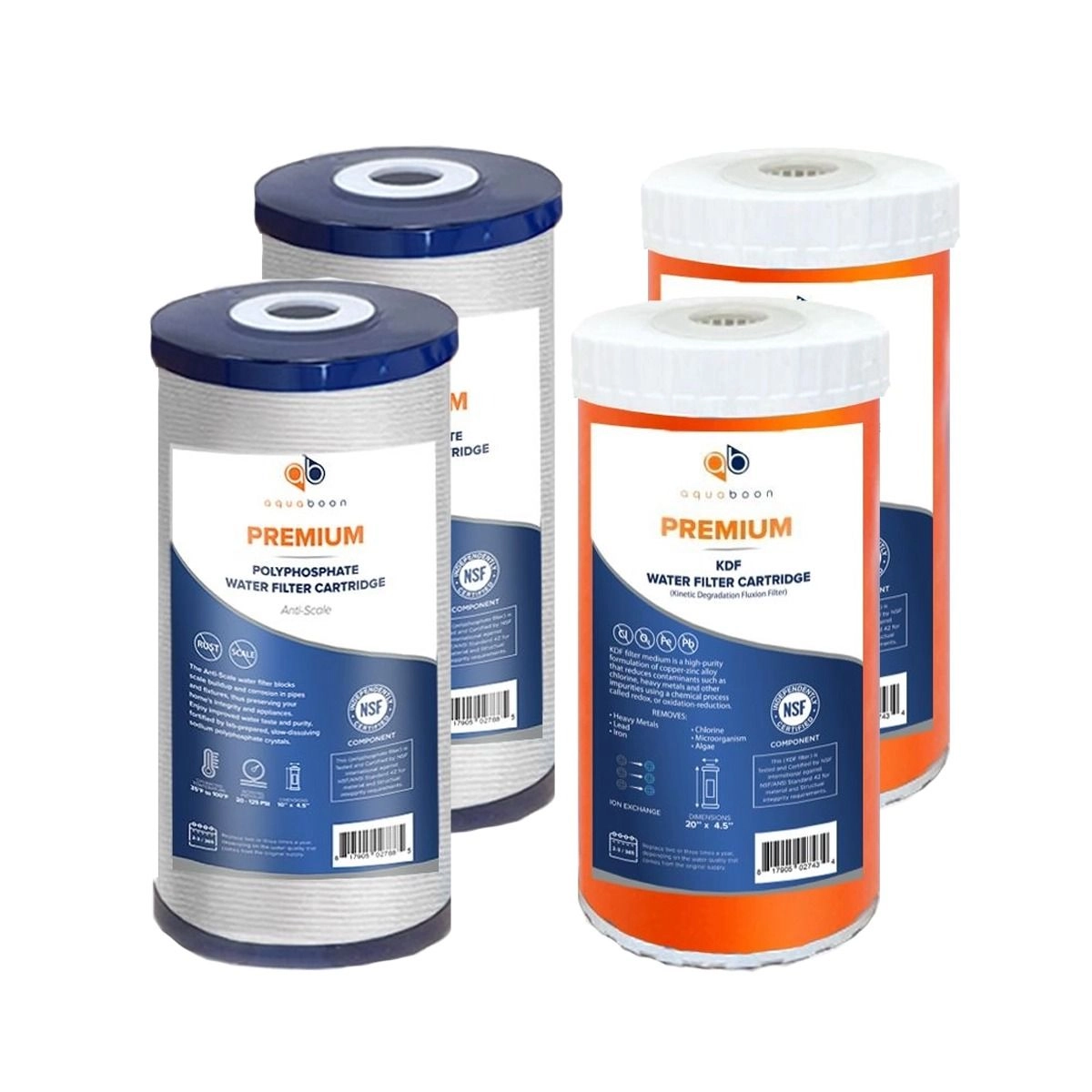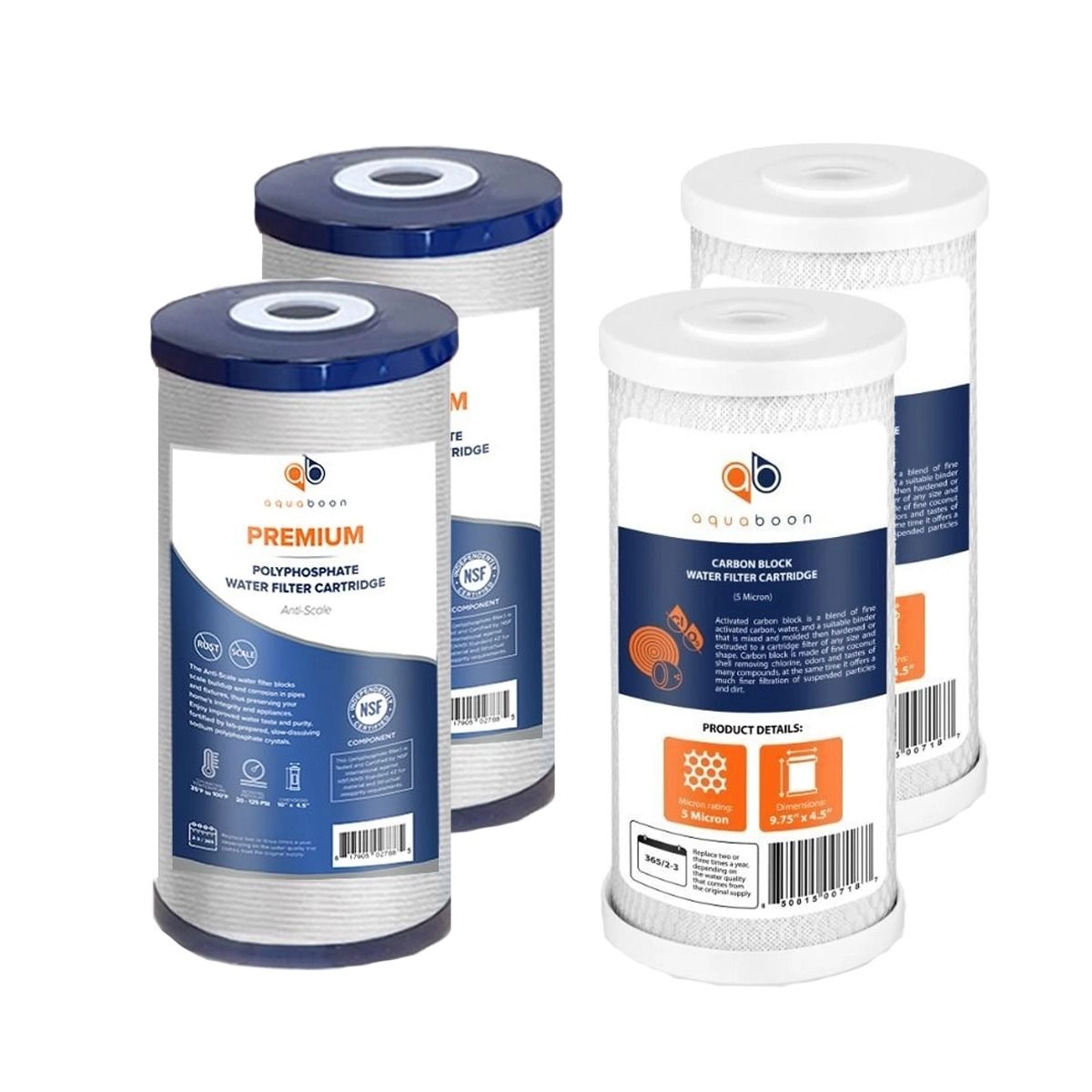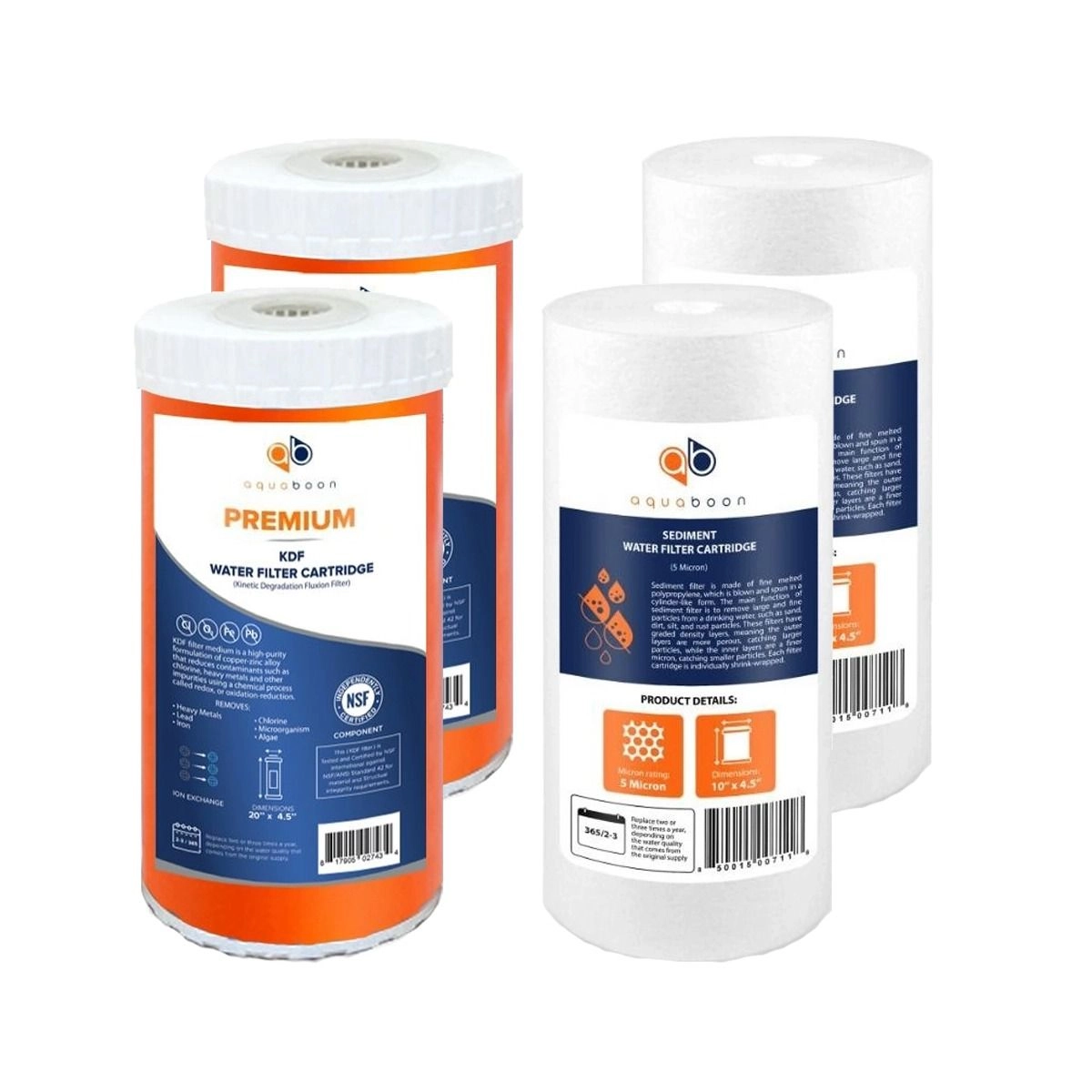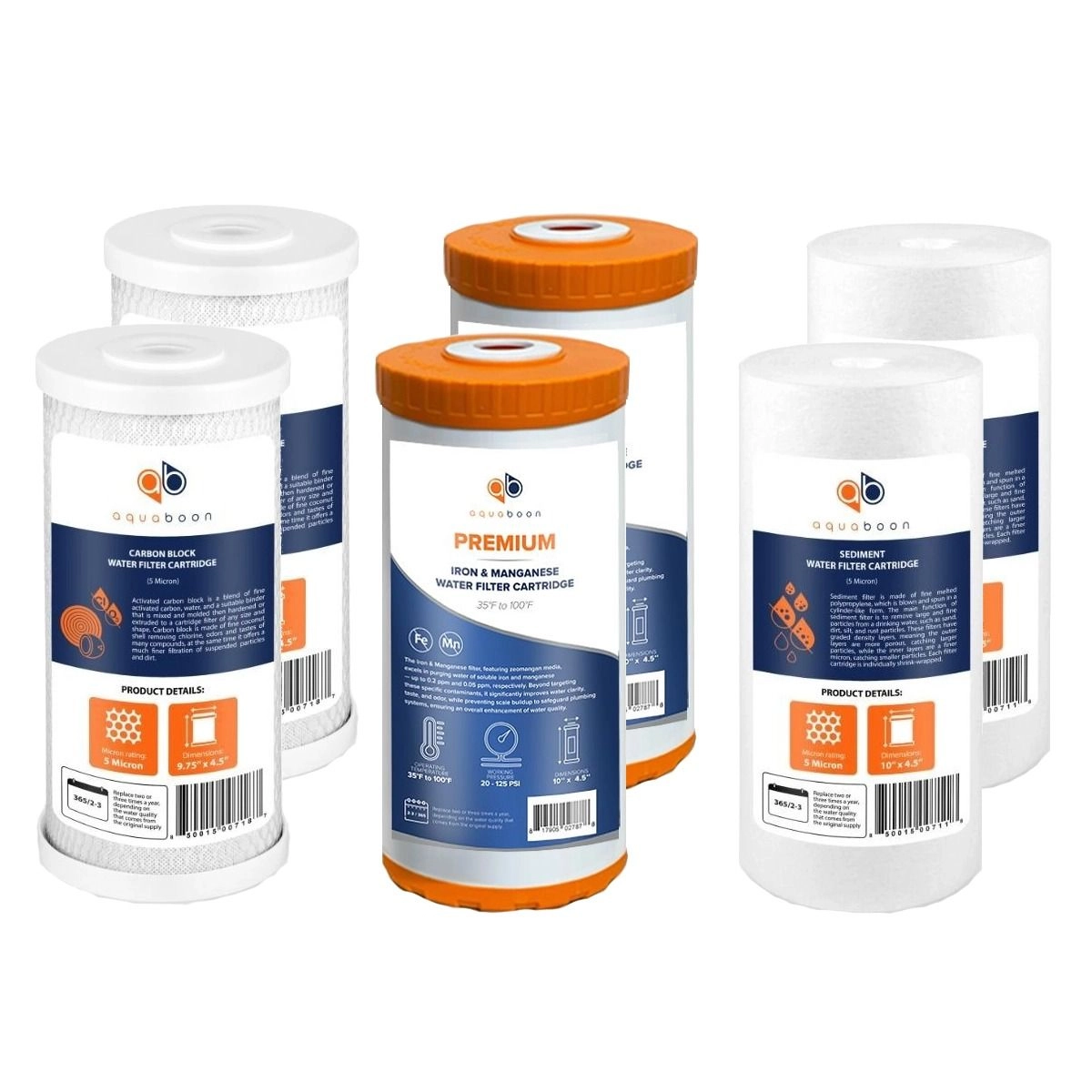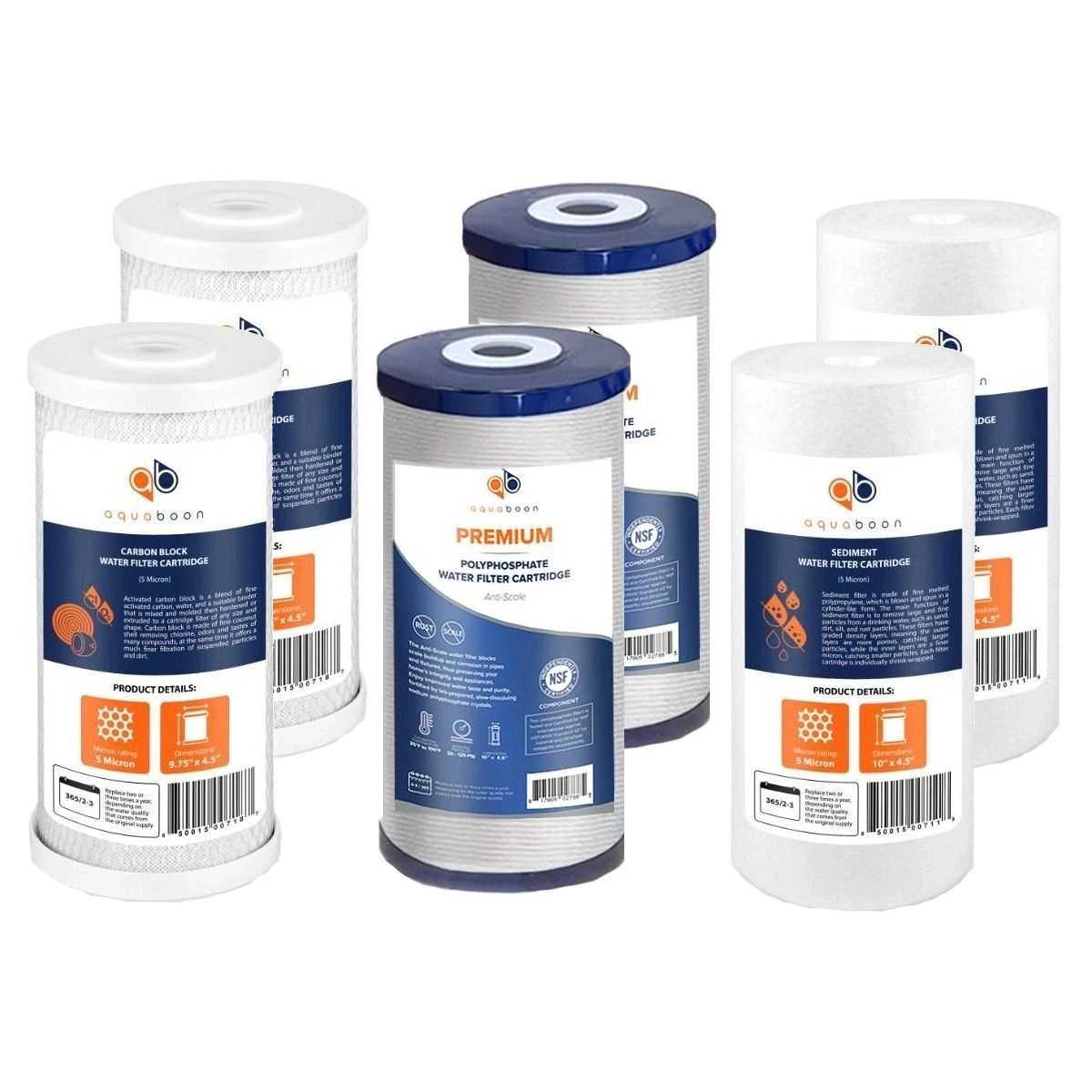Installing a water filter in the correct direction is crucial for proper filtration. In single-stage systems, the filter is usually a sediment or carbon block filter, designed to remove larger particles or chlorine and VOCs. These filters play a vital role in providing basic filtration for the entire home. However, for 2-stage and 3-stage systems, using the correct filter combination is even more important, as each stage is specifically designed to target different contaminants, ensuring comprehensive water purification and long-lasting system performance. An incorrectly installed filter can reduce its effectiveness, cause water pressure issues, and even damage your filtration system. In this guide, we’ll explain how to identify if your filter is installed backwards and provide the correct filter order for 2-stage and 3-stage whole house filtration systems.
Signs Your Water Filter Is Installed Backwards
It’s not always obvious if a filter is installed the wrong way, but here are some common signs:
Reduced Water Flow – Water pressure may drop significantly because the filter media is being forced against its design, creating resistance that slows down the flow. This can be especially noticeable in whole house systems, where consistent pressure is crucial.
Unusual Water Taste or Odor – If contaminants are not properly removed, you might notice a difference in taste or smell. This happens because the filter is not properly trapping chlorine, sediment, or other impurities, allowing them to pass through to your tap water.
Filter Damage – Internal filter components can break down faster if water flows against their intended direction. This can cause the filter to lose its structural integrity, reduce its lifespan, and potentially release trapped contaminants back into the water.
Leaks or Drips – Improper installation can cause seals to fail, leading to leaks. This is because reverse water pressure can push against gaskets and O-rings in the housing, causing them to shift or wear out prematurely.
Unusual Noises – If the water is being forced through the filter in the wrong direction, you might hear unusual hissing, bubbling, or gurgling sounds as the system struggles to maintain pressure.
Inconsistent Water Temperature – In systems that supply both hot and cold water, you might notice temperature inconsistencies, as the filter may not be effectively separating contaminants at different temperatures.
Air Gaps or Bursts of Air – If the filter is installed backwards, air can become trapped in the system, leading to short bursts of air when you first turn on the tap.
Correct Filter Order for 2-Stage Whole House Filtration Systems
First Stage (Sediment Filter)
Purpose: Captures large particles like sand, dirt, rust, and silt to protect downstream filters and plumbing fixtures.
Benefits: Prevents clogging and extends the lifespan of the more sensitive carbon filters in the second stage.
Common Types: Pleated, string wound, or spun polypropylene filters with varying micron ratings depending on water quality.
Second Stage (Carbon Block or GAC Filter)
Purpose: Reduces chlorine, volatile organic compounds (VOCs), and other chemical contaminants that affect water taste and odor.
Benefits: Improves water quality by removing chemicals, pesticides, herbicides, and other organic pollutants.
Common Types: Carbon block or granular activated carbon (GAC) filters, which have different adsorption capacities based on surface area and pore size.


